Mastering the Terrain: Different Types of Golf Courses
Golf is so complex that many people are unaware of the factors involved in making a game great. Are you familiar with the equipment needed for each shot, for instance? Or do you know how many types of golf courses there are? Well, whether you're a semi-professional aiming to master the next course, or a complete beginner with no idea where (literally) to start, Golfsupport has you covered. We explain the main features of different types of golf courses.
What are the different types of golf courses?
1. Links Courses
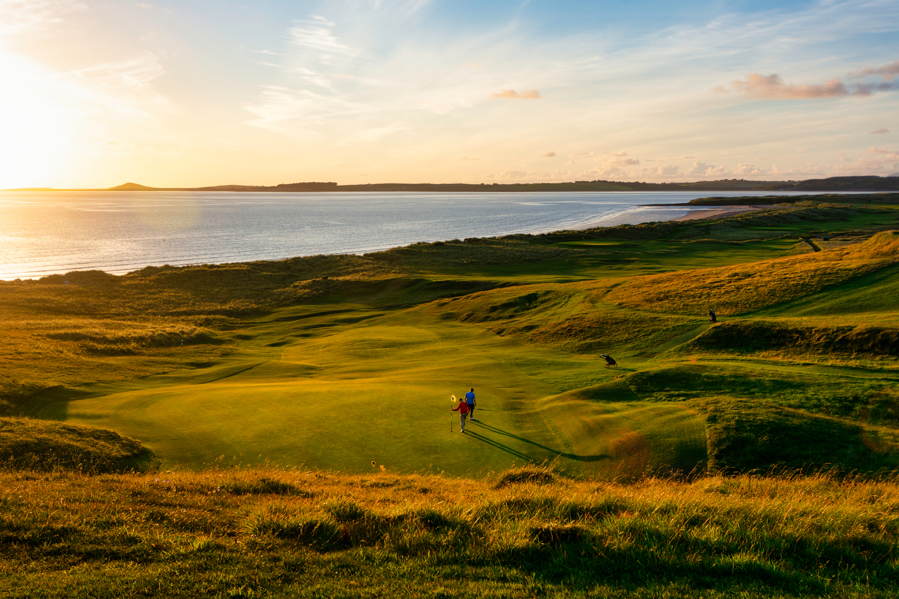
The origin of golf is widely disputed, and to an extent we will never know the truth of where it began. However, we can be sure of where link style golf courses originated. Built on sandy soil between the coast and farmlands of Scotland, links are the most popular types of golf courses. They're mostly known for their large, slow greens and fast fairways.
Its wide use has rendered the links course to be recognised as any course that is relatively treeless, or as a synonym for ‘golf course’. However, they are recognisable by many other features:
- Natural hazards - the golf courses are created around natural hazards of a coast, although bunkers are deepened to prevent sand blowing away.
- Natural course contours which make each hole unique, and often classifies the terrain as 'rolling'.
- Sand-based terrain drains rainwater well, so is rarely unplayable due to weather conditions. It also means that the course requires minimal maintenance.
Links courses are bound to be windy all-year-round, so remember to pack your windstoppers!
2. Parkland Courses
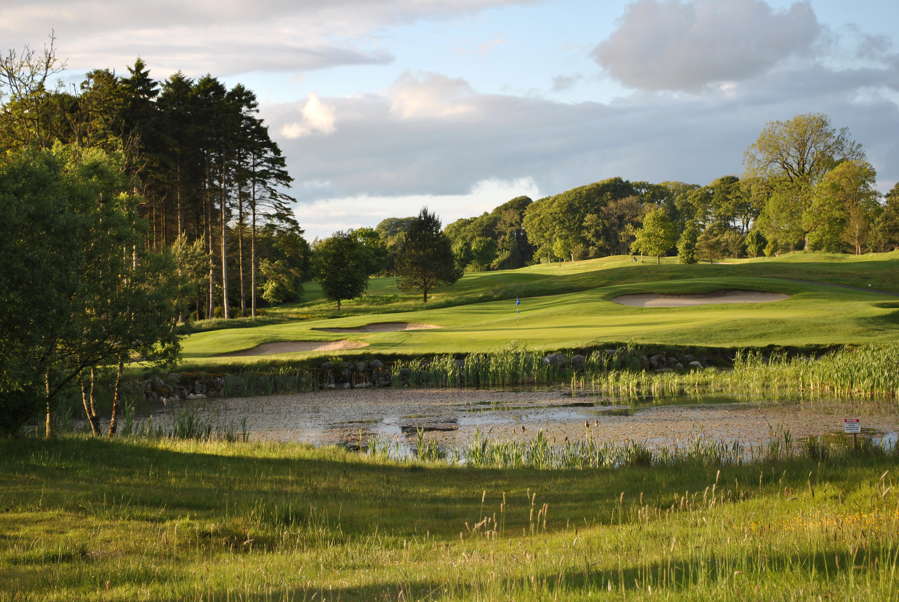
Parkland golf courses appeared as a result of moving links courses more inland. Characterised by design elements, natural settings and narrower fairways enclosed by trees and lush greeneries, many PGA tours take place on these terrain types.
Tall trees are an integral part of the challenge of a Parkland golf course,and the intention to imitate beautiful gardens means they’re often well-manicured and taken care of. However, players should be wary of certain pitfalls in this type of golf terrain:
- Natural clay underlay means weather can make the ground unplayable more easily than links courses – if the rain has affected the ground you’re about to play on, ensure you’re informed on tips to maintaining a good game!
- There may be potentially less roll, especially in bad weather conditions.
3. Desert Courses
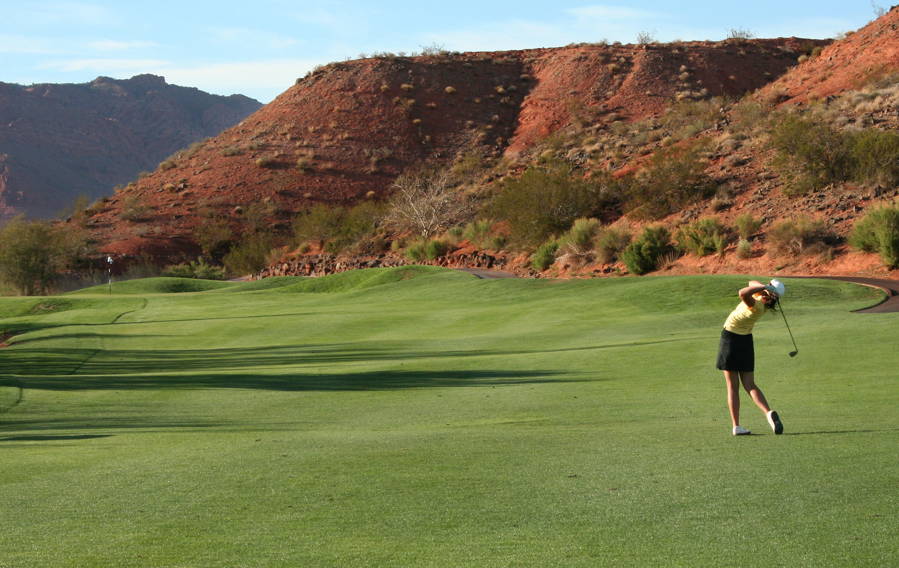
Popular in parts of the USA and the Middle East, desert golf courses are as they sound: built in the desert. Greenery from this range of golf courses is sometimes the only green seen for miles, and they require heavy irrigation as a result of their location. This often comes at the price of environmental concern, however.
Not only that, but they appear to violate a widely accepted principle of the golfing world: course architecture should require minimal alteration of the surrounding landscape. While many course owners go to great efforts to benefit both the golfer and environment, the stark contrasts in appearance are disliked by some players.
Playing in the desert is fantastic, though, as you'll be surrounded by beautiful plants and animals while you play, not to mention the warm weather. Just don’t forget your sunglasses or sun-cream!
4. Sand Courses
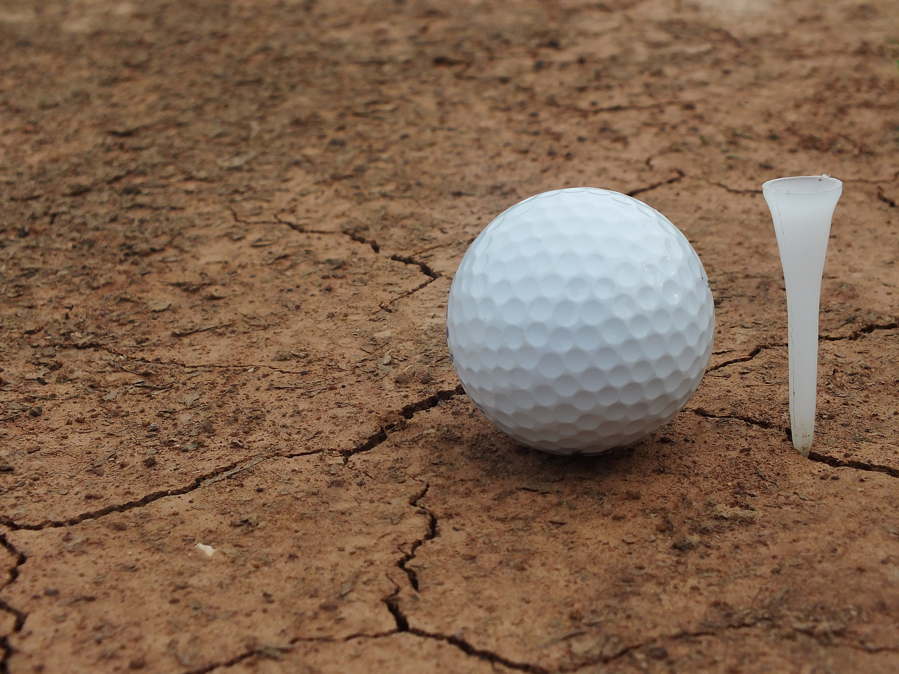
In 1961, British oil workers built the emirate’s first golf course as a side project to their pursuits in oil. Naturally, the environment’s ground meant that the first golf course in the country would be sand.
Through trial and error, workers created optimum green surfaces (known as ‘browns’) by mixing the sand and oil to create golf terrain that is slower but truer. For fully sanded courses, golfers could even be permitted to bring Astroturf with them to avoid the feeling of continuous bunker shots. They were taken over by emerging green golf courses shortly afterwards, though they are an interesting alternative to standard types of golf courses.
5. Snow/ice Courses
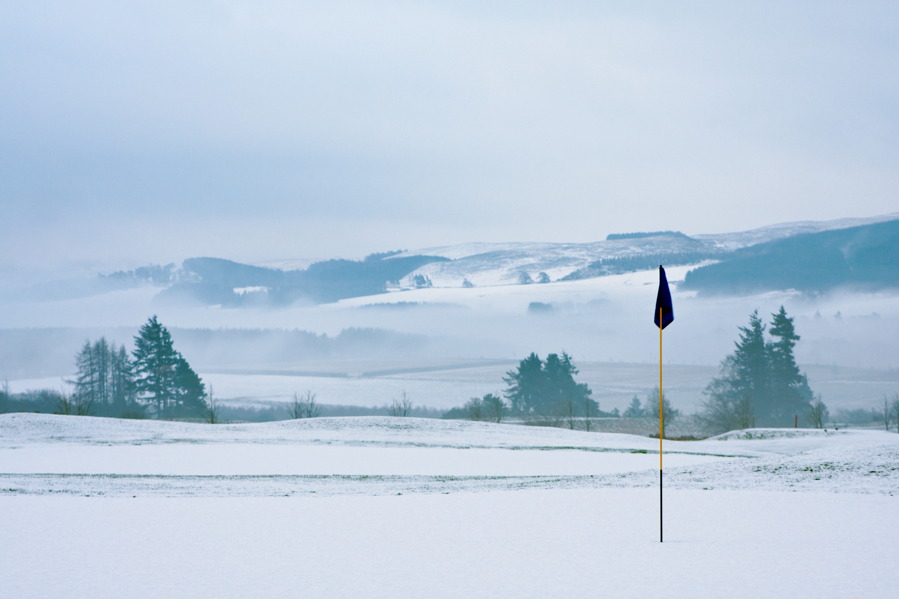
A less popular, but interesting way to play golf is on a fully iced or snow golf course – you don’t need to worry about the right club for each type of grass here! The town of Uumannaq in Greenland holds an annual 36-hole ice golf competition. The Drambuie World Ice Golf Tournament is notoriously difficult, but incredibly interesting and unlike any other golf course or tournament.
Apart from the obvious temperature issues, characteristics of these golf course types include:
- Snow blindness and movement constrictions due to thermal clothing.
- Rough surfaces due to a layer of snow lying over the course - graphite clubs are discouraged as they may shatter!
- The danger of seal dens and crevasses.
If you'd like a few pointers as to how best to deal with the harsher winter months, check out our winter golfing tips!
However, the holes of the two-day course are carefully sculpted to create as varied a play as possible, and the views are undoubtedly breath-taking. This course definitely puts the 'different' in different types of golf courses!
Golf can feature some of the most beautiful courses in the world, and so it’s definitely a worthwhile sport to consider taking up. Even if it takes you ages to decide which type of golf courses to begin with!
(Feature image: Copyright 46design/Shutterstock.com)









